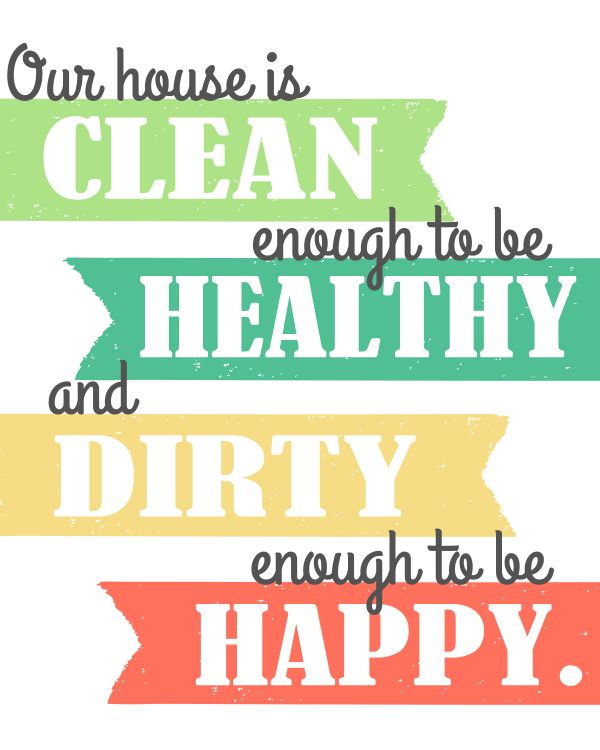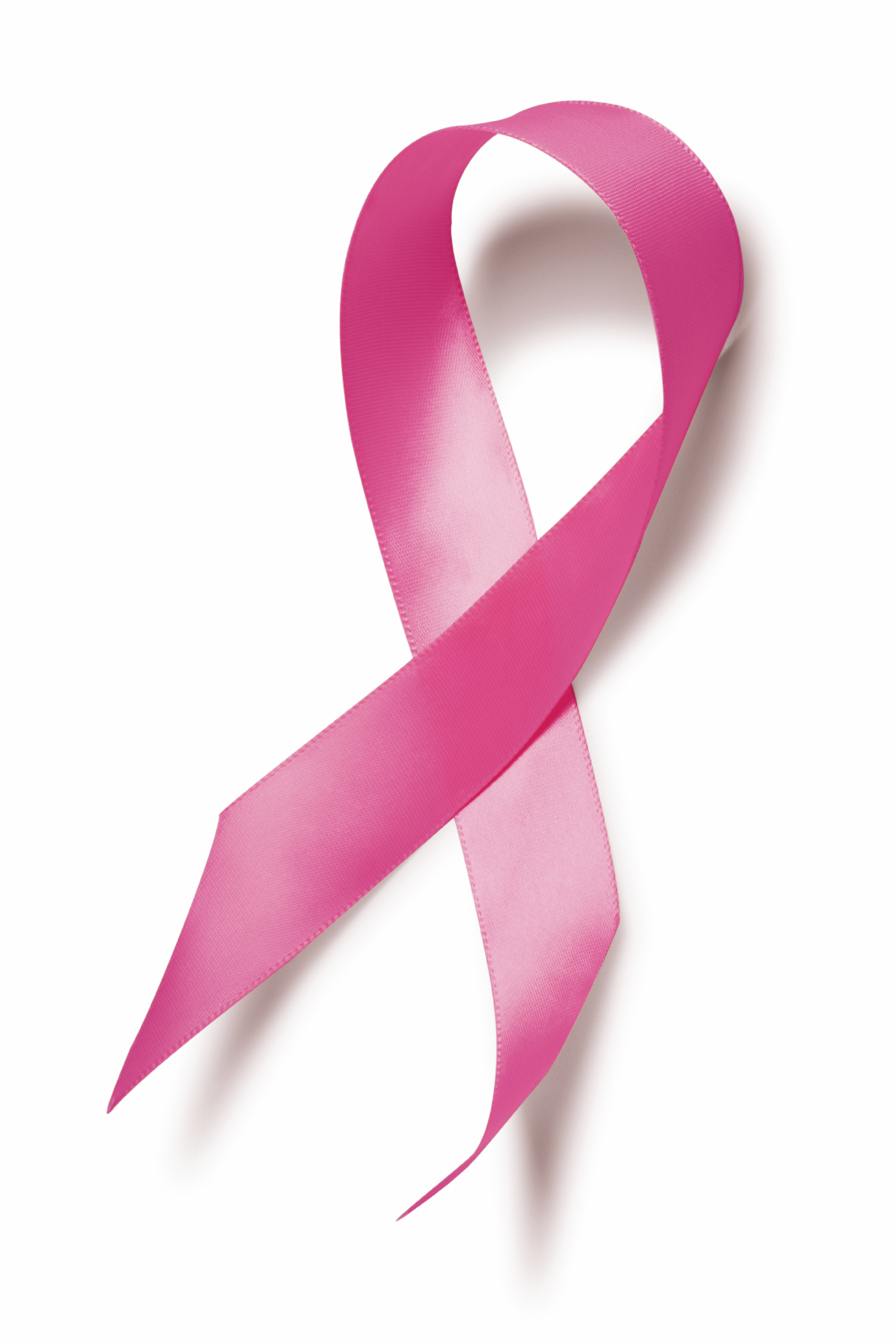Keeping our Grandchildren Safe from Harm
You would think that some things would be obvious when it comes to taking care of children, but evidently that’s not the case. I needed something to store my Christmas stuff in and so I purchased some totes ( large plastic containers) at Dollar General. When I got home I noticed a sticker on the lid.
What sort of person would put a child in a plastic storage bin and put the lid on? Maybe it just had the sticker to warn mothers that children might crawl in and put the top on themselves. Maybe, but that would really be hard for a child to do, though.
This past summer I heard about two little boys in a neighboring community who climbed in a truck and couldn’t get out. It was summer time, extremely hot and they stayed in the vehicle for hours. Neither one of them survived.
Children (and grandchildren) are curious by nature and can think up a lot of ways to get hurt. It’s up to the adults to stay one step ahead of them and to kid-proof our homes as much as possible.
What follows is a list of the top ten ways children get hurt. Use the list to identify potential dangers inside your home or in your yard or vehicle.
- Car Passengers – children not using restraints are five times more likely to be killed or injured.
- Every child should be in a child restraint on every trip
- Child restraints must be properly fitted and used
- Pedestrians – children need time to develop a road sense and to learn and obey road rules. Children under 8 are at the greatest risk.
- Provide a safe place for your child to play away from the roadside and traffic.
- Keep reinforcing road safety behavior to your child.
- Poisoning – poison presents common safety hazards for young children.
- Medicines, household cleaners and products must be kept out of sight and out of reach preferably in a child-restraint cupboard or under lock and key.
- House fires – the major risk is that a baby or child may be overcome by smoke.
- Install smoke alarms
- Have a safety schedule – check the batteries in smoke alarms weekly
- Talk to your child about what to do in the case of a fire
- Falls – the single largest cause of child injury
- Install safety rails or guards for steps, stairs and balconies
- Put ‘soft’ fall material under play equipment
- Supervise your baby or child when using baby furniture
- Drowning – the single biggest danger to children under 5 years of age
- Fence around pools and spas and check safety gates regularly
- Stay with young children when they are in the bath and during other kids activities around water
- Nursery Furniture – baby furniture is a common cause of injury to children under two – especially from falls.
- Buy products safe for kids that are sturdy and well made.
- Dog bites – Each day 2 or 3 children are taken to hospital because of dog bites. Around 75% of these are bitten by a family or friend’s dog.
- Talk to your children about the dangers of petting dogs unfamiliar to them
- Scalds – a major cause of long term damage to children. Keep cups of hot drinks well out of reach
- Hot water from the tap can scald in seconds. Always check bathwater before letting a child get in the tub.
- Bikes, inline skates & skateboards – most injuries from boards or bikes result from falls
- Helmets reduce the risk of brain injury by 90%
- Teach children how to ride and to stop and start safely. Show them safe places where they can practice and set rules for where they can ride and skate
Let’s keep our children and grandchildren safe, happy and healthy in 2011!






Some grown ups have no sense or care about what their children are doing. What I can’t believe is how does an adult forget they have a child in a car and leave the child in a hot care in the middle of summer to die. This happened twice in our state last year. One mother actually left her baby in the car while she went into a bar. Sadly the child died. Thank you for the list. I pray many people will see it and do what needs to be done to protect their children from harm.